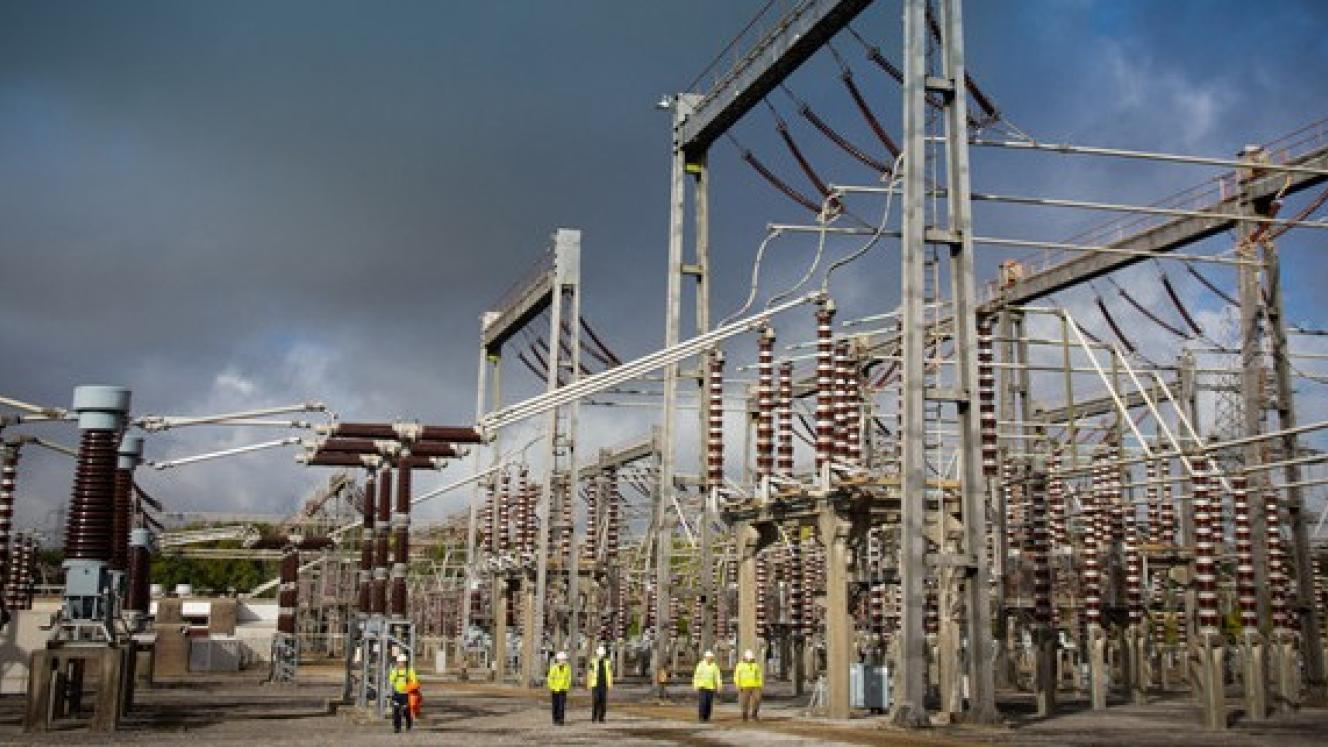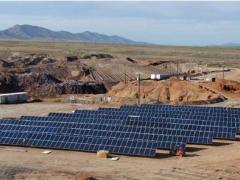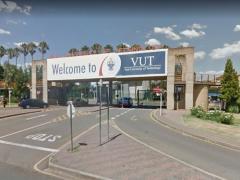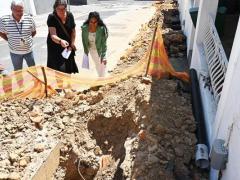South Africa’s municipal electricity distribution sector faces a looming crisis with aging infrastructure, ballooning debt and governance failures, according to a new report by Meridian Economics. The report, titled “In the shadow of load shedding: An overview of the municipal electricity distribution crisis”, calls for urgent systemic reform of the sector.
Municipalities, which distribute 40% of South Africa’s electricity, face mounting challenges due to aging and poorly maintained infrastructure. Technical failures are now a leading cause of outages in some areas, the report notes.
“While the focus on load shedding and the various urgent measures to address it have been important, other long-standing and more insidious crises in South Africa’s electricity supply industry have been overlooked. One of the most pressing issues is the escalating crisis in the municipal electricity distribution industry.”
Between March 26 and April 23 this year, Johannesburg residents experienced more outages due to distribution network failures than during periods of national load shedding. City Power’s aging infrastructure has forced the implementation of load reduction cuts to avoid overloading during peak demand. Such measures highlight the inability of municipal systems to cope with basic operational requirements, the report says.
Chronic underinvestment in maintenance is a root cause with 39% of municipalities allocating only 1% or less of their budgets to infrastructure upkeep. “This falls well short of the 8% recommended by National Treasury, resulting in a R32 billion maintenance backlog that grows by R2,5 billion annually.”
Escalating debt is a ‘financial time bomb’
As of September, municipalities owe Eskom R90 billion – up from R4,3 billion in 2014. At this rate, Minister of Electricity Kgosientsho Ramokgopa warns “Eskom will be owed R3,1 trillion by 2050 – an unsustainable financial trajectory for the utility”.
The growing debt burden constrains municipalities’ ability to invest in infrastructure or deliver reliable electricity, perpetuating a cycle of service delivery failure. “This debt is driven by poor revenue collection and widespread non-payment. Municipalities collected just 61,5% of billed electricity revenue between July 2023 and March 2024, leaving billions unpaid. In Tshwane alone, non-technical losses – caused by theft, metering errors and corruption – average 20%, costing the municipality R1,6 billion in 2023,” the report says.
To compensate, many municipalities mark up electricity tariffs – often to the detriment of low-income households. “Municipalities rely on electricity markups of 20-150% to sustain their operations but these often disproportionately affect low-income households. For example, in Johannesburg, indigent households pay 49-76% more for electricity compared to their Eskom-supplied counterparts,” the report says.
These inequities, combined with rising Eskom tariffs, have pushed many customers to seek alternatives. Rooftop solar installations doubled from 2,3 GW in July 2022 to 5,6 GW by May 2024 as households and businesses adopted behind-the-meter solutions to mitigate costs. “This shift has eroded municipal revenues while leaving fixed operational costs unchanged,” the report says.
Municipalities have consistently failed to implement cost-reflective tariffs, undermining the financial sustainability of the electricity sector, the report says. “A High Court ruling recently declared NERSA’s approval of non-cost-reflective municipal tariffs unlawful, further exposing the sector’s vulnerabilities. However, most municipalities lack the technical capacity to conduct the required cost of supply studies, perpetuating inconsistencies in tariff-setting.”
Weak governance structures and severe skills shortages are further exacerbating the crisis. “Municipalities face high staff turnover, uncompetitive salaries and political interference, making it difficult to recruit and retain skilled technicians and managers,” the report says. “These challenges have opened the door to inefficiencies and corruption, further eroding public trust in municipal electricity services.”
A call to action
Despite these challenges, the report outlines several solutions including targeted infrastructure investments, debt restructuring agreements between Eskom and municipalities and improved governance. “South Africa needs a coordinated approach involving municipalities, Eskom and national government. This must include measures to address non-technical losses, enforce revenue collection and invest in skills development.”
Key recommendations include:
- Targeted infrastructure investment: Address the R32 billion maintenance backlog and invest in modernising aging distribution systems.
- Debt restructuring: Develop agreements between Eskom and municipalities to alleviate the R90 billion debt burden.
- Revenue collection and loss reduction: Strengthen enforcement mechanisms to address non-technical losses, which cost municipalities billions annually. For example, advanced metering infrastructure could significantly reduce theft and improve billing accuracy.
- Skills development: Invest in upskilling municipal workers to address the sector’s severe technical capacity gaps.
- Policy reforms: Introduce equitable pricing structures and incentivise private investment in municipal electricity systems.
The report also notes the importance of measures like electricity wheeling and rooftop solar integration to create new revenue streams while maintaining grid stability. For example, electricity credit tokens could streamline wheeling transactions and reduce default risks for municipalities and Eskom, ensuring a more sustainable revenue model.













